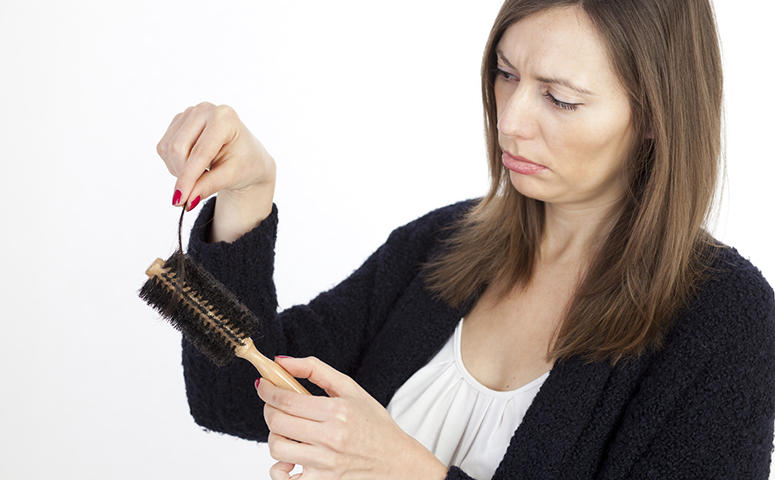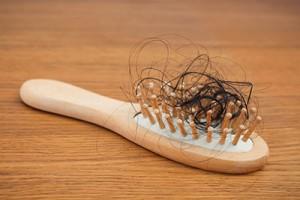For new mothers, it might be a shock to discover that they are shedding hair more than usual after giving birth. There is no need to fret as this is quite normal. This is called a postpartum hair loss and it usually lasts a couple of months (possibly up to a year) but usually, it will stop once your child is approaching their first birthday.
Why Does Postpartum Hair Loss Happen?
Normally, about 90% of the hair on your head is classified as growing at any given time and the remaining 10% is not. The 10% is in a sort of rest state and these are the ones that will usually fall out and will be replaced by new strands of hair. On average, a woman can expect to lose approximately 100 strands of hair strands per day. Pregnancy has a way of reshuffling the hormone levels in a woman's body and during pregnancy, estrogen levels soar through the roof. This increase positively affects hair growth in that it actually decreases hair loss whilst increasing the growth of hair, sometimes quite rapidly. This results in thicker and shinier hair. Unfortunately, after pregnancy is where the downside to your reduced estrogen levels will be seen. Your estrogen levels will take a nose dive which means the complete opposite of your hair growth during pregnancy. This affects the growing stage of the hair and prolongs the development of new hair and it is common for post partum mothers to experience hair loss. This makes it appear as if you are losing hair more when what is actually happening is that you are growing new hair slower. As stated earlier, this is not a permanent condition and you can expect your body to balance estrogen levels within 6 to 12 months. Also, women with longer hair tend to be ones who experience postpartum hair loss more visibly.
What Steps To Take During Postpartum Hair Loss?
There is no way to prevent postpartum hair loss but you can take a look at several methods to help decrease the visibility of the condition after giving birth. You can try different hairstyles that can help give the appearance of a thicker head of hair or maybe even try out certain products that can give your hair a fuller appearance during the postpartum hair loss period. For hairstyles, you can choose a shorter cut. Plus, a shorter hair can be way easier to manage and take care of especially now that there is a new member of the family that will need your full attention for most of the day. You can also take vitamins and supplements that can provide the nutrients that you are lacking.
Final Thoughts
As a side note for new mothers, especially those with long hair, there are times when strands of hair might tangle around your baby's hands, feet, toes and fingers. This can be particularly painful for the young ones so it is best that you take the necessary steps to prevent it from happening. If your baby is crying for no visible reason then you should take a closer look if a strand of hair has tangled itself on your child's body.












